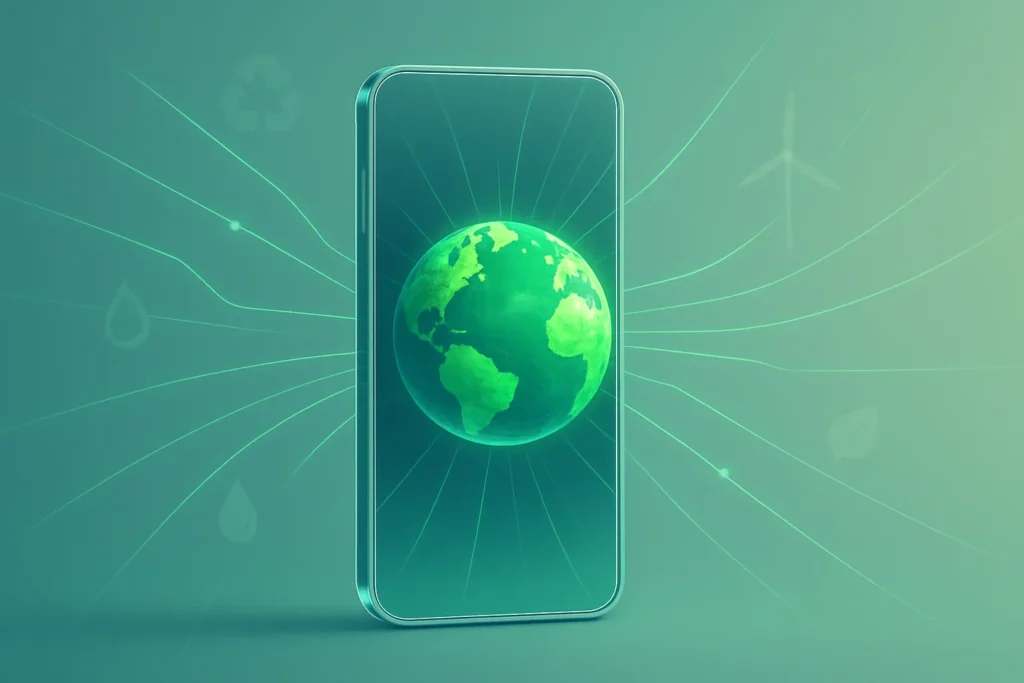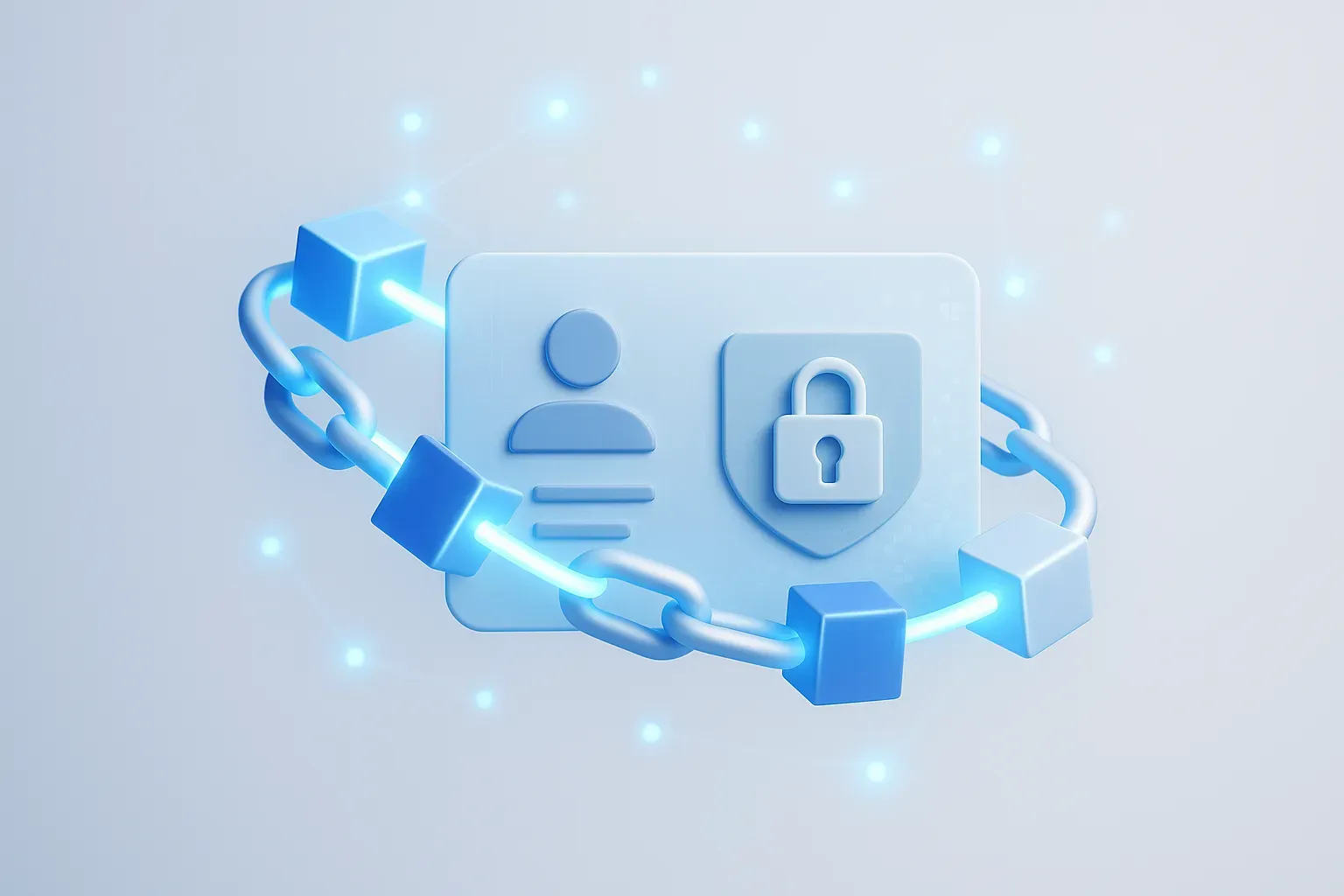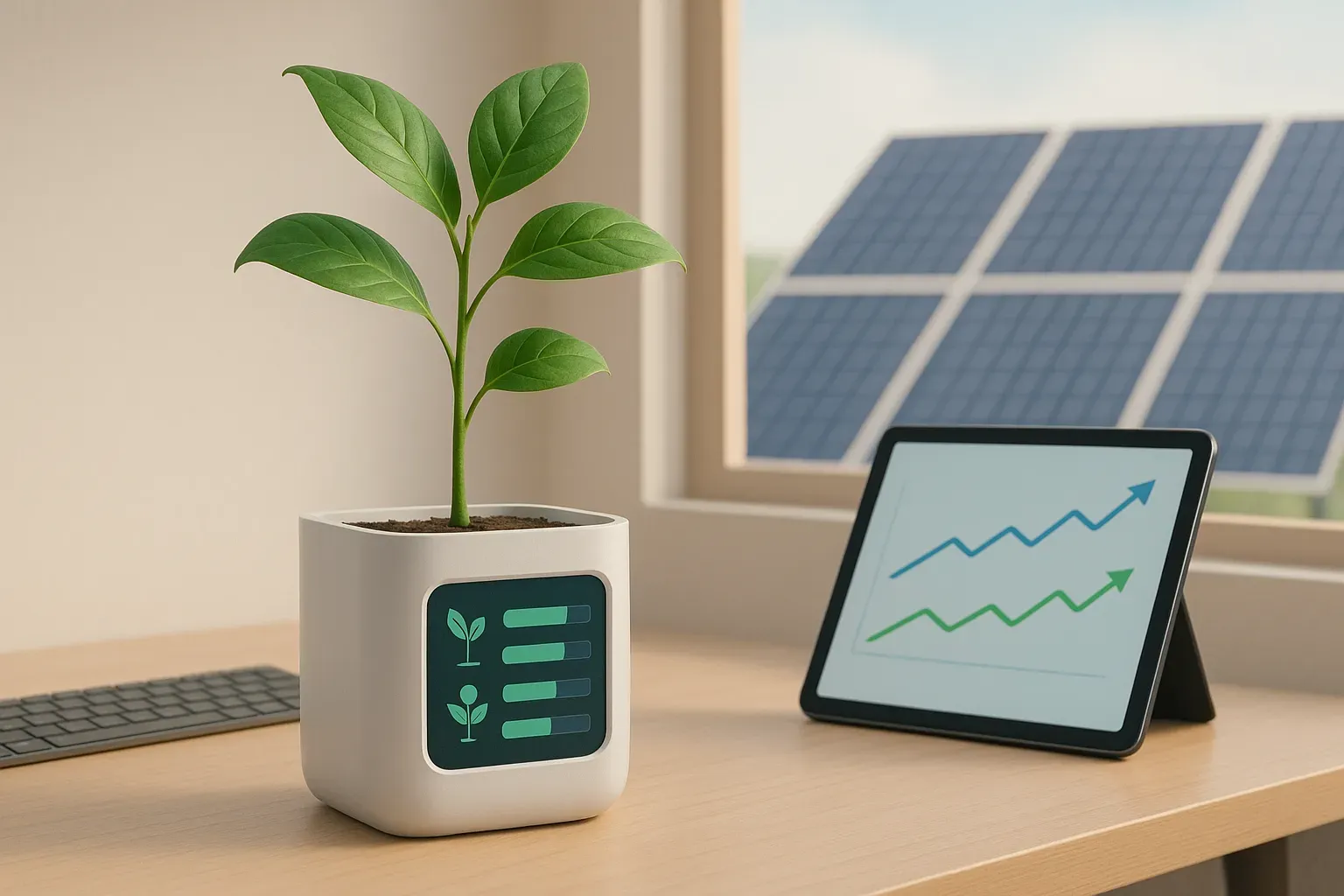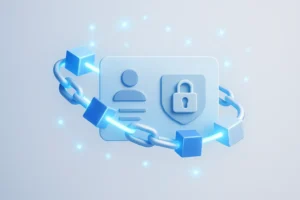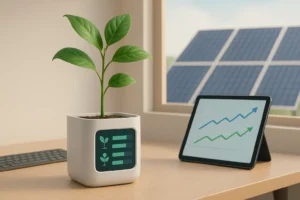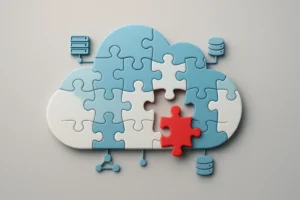The intersection of technology and sustainability is reshaping our world in profound ways. This article explores how innovative tech solutions are addressing environmental challenges, from combating disposable culture to optimizing logistics for both profit and planet. Drawing on insights from industry experts, we examine the complex relationship between technological advancement and environmental responsibility, revealing both promising developments and hidden costs.
- Tech Repair Combats Disposable Culture
- Social Media Fuels Environmental Awareness
- Integrating Sustainability into Product Development
- Data Analytics Drives Green Business Practices
- Hidden Environmental Costs of Digital Infrastructure
- AI’s Environmental Impact Sparks Responsible Development
- Tech Choices Shape Sustainable Business Practices
- AI Optimizes Logistics for Profit and Planet
- Startup Leverages Tech to Tackle Plastic Pollution
- Balancing Tech Innovation with Environmental Responsibility
- Smart Tools Enable Corporate Sustainability Efforts
- Technology Transforms Sustainability from Abstract to Actionable
- AI Reveals True Cost of Digital Footprint
Tech Repair Combats Disposable Culture
Working in the tech industry has absolutely focused my lens on sustainability, highlighting the scope of our environmental challenges as well as the degree of our wastefulness — particularly in consumer electronics. Establishing my repair guide blogs has only further cemented this reality. It always baffles me to see how many people are willing to discard a perfectly good piece of equipment simply because one part has failed. And rather than replace an entire speaker or laptop, I teach people how to replace a driver or fan, often with a $10 part and 20 minutes of labor. And it’s not just about saving money; it’s about breaking the disposability habit.
What keeps me going is the strategic potential of this mindset. Every repair I can point to on my blog isn’t just a repair; it’s a bit of micro-intervention against landfill culture. I also view repairability as a lever for business differentiation: people want durable, fixable products, and companies that lead with this approach can earn a lot of trust and loyalty. To readers and colleagues, I often preach the importance of prioritizing function over fashion — stretching the life of what you have as far as possible before considering an upgrade. This philosophy, rather than one-off approaches, is sustainable, smart, and increasingly the only viable option in a world facing resource constraints.
 Nikolay Petrov
Nikolay Petrov
Chief Technology Officer | Founder, ZontSound
Social Media Fuels Environmental Awareness
Technology has completely reshaped my view of sustainability, making me both more aware and definitely more motivated.
On one hand, it has dramatically increased my awareness. Through social media platforms like Instagram and Reddit, and even content hubs like TED Talks, I’ve been exposed to a whole range of urgent problems that might never have reached me otherwise, ranging from the nuances of climate justice and the crisis of microplastics to the need for food system reform. The constant stream of content and community discussion has helped me grasp the true scale, complexity, and urgency of these issues.
But what really fires me up is seeing solutions, both big and small. As a designer, I’m all about systems, so when I spot a clever fix, my mind immediately starts racing: Where else could this apply? What other problems could this same pattern solve? That ability to recognize patterns and connect the dots has been fueled by the incredible range of examples and experiments I encounter online.
Undoubtedly, it has motivated me even more. It’s inspiring to be a part of online communities where people are asking the hard questions, openly sharing resources, and imagining new futures. It has expanded my knowledge and given me a sense of what’s possible. I find myself pushing the boundaries of my own imagination. Sustainability no longer feels like an abstract cause. It’s now a personal and creative challenge I participate in actively and effectively.
 Tej Kalianda
Tej Kalianda
UX Designer, Silicon Valley
Integrating Sustainability into Product Development
The biggest turning point came when we started treating the planet as a key stakeholder in every product decision, not just an afterthought. In our strategic planning sessions, our teams would actually add “Planet” to the whiteboard right alongside users, customers, investors, and then, Earth. It might sound basic (or crazy), but spelling out how each sprint or feature might impact the environment really forced us to make concrete changes. For instance, when we ship an enterprise SaaS platform now, our roadmap reviews have specific checkpoints for sustainability. Does this feature increase how long our servers have to run? Can we schedule workflows for off-peak hours to save energy? Are we defaulting to storing extra copies of data we don’t need?
This approach isn’t just about looking good; it actually changes our internal culture. Decisions that used to slip by unchallenged now spark genuine debates. Do we really need to keep that old module running, or can we shut it down and reduce our resource usage? By putting sustainability squarely into our daily routines, we encourage the whole team to make climate outcomes part of the standard requirements, just like security or user experience. This is a hands-on way of working, not just wishful thinking.
Another major shift came when we started to take product lifecycle cleanups seriously, which is almost the opposite of business as usual in tech. Rather than just adding more features and tools, we deliberately retire outdated products, clean out old databases, and shut down unused cloud resources.
For example, we once found a client’s intranet storing terabytes of unused data just because “storage is cheap.” We convinced them to do a full review, deleted everything that wasn’t needed, and not only did this lower their cloud costs significantly, but it also reduced their carbon footprint. These regular tech cleanups have quietly cut our operational emissions and helped us waste less in the cloud, directly reducing the footprint that the International Energy Agency says could double by 2026. This matches the energy use of some countries.
 Steve Morris
Steve Morris
Founder & CEO, NEWMEDIA.COM
Data Analytics Drives Green Business Practices
Technology has fundamentally reshaped how I view sustainability — not just as a global issue but as a business imperative. Early in my career, environmental concerns were often siloed, seen as the responsibility of policymakers or environmentalists.
But technology — specifically data analytics, mobile platforms, and cloud-based systems — has shattered that divide. It’s made the environmental impact of everyday operations impossible to ignore and, more importantly, impossible not to act on.
We started by solving an efficiency problem: how to reimburse mobile employees fairly and compliantly. But as we developed tools to track mileage and optimize driving behaviors, we uncovered a deeper opportunity — reducing carbon emissions through smarter, leaner driving.
Suddenly, sustainability wasn’t a nice-to-have; it was measurable, reportable, and actionable. With GPS-based mileage tracking and analytics, we can identify unnecessary trips, encourage fuel-efficient routes, and help companies right-size their vehicle programs — cutting costs and emissions.
Personally, this shift has made me more aware of the environmental footprint tied to even the most routine business activities. I now see every mile driven, every gallon of fuel burned, as a data point — and a decision point. The technology has pushed us to think beyond compliance and cost savings. It’s motivated me to steer our company toward being a quiet, but real, contributor to sustainability — by reducing waste, promoting hybrid work models, and empowering clients to make greener choices through better data.
In short, technology has stripped away the luxury of ignorance. It’s not just about awareness anymore — it’s about responsibility. We’re in a position to make sustainability operational, not optional. That’s changed how I lead, how I innovate, and how I measure success.
 Curtis Smith
Curtis Smith
CEO, mBurse
Hidden Environmental Costs of Digital Infrastructure
I’d say that technology has made me much more conscious of the unseen environmental costs of our digital lives, and this is especially the case when it comes to data centers. Most people think that going digital is automatically “green,” but that’s a misleading picture. What shifted my perspective was learning how much energy and water are consumed just to keep servers cool. Indeed, one hyperscale data center may consume as much water daily as a small town, mostly for evaporative cooling.
This isn’t a number you often hear discussed in an average sustainability conversation. The carbon footprint of training models, or even just streaming media, is rarely factored into sustainability plans, despite its exponential growth. I’ve worked to incorporate sustainability thresholds into our operational decisions, developing criteria such as where we locate data centers.
These criteria should not be determined solely by latency or tax incentives, but also by the energy mix and source of other resources, like water. The takeaway here is: Don’t just ask, “Is it in the cloud?” You need to ask, “Where is that cloud physically housed, and at what cost to the environment?” When you think in kilowatt-hours and gallons per gigabyte, you can absolutely make more informed decisions.
 Jonathan Garini
Jonathan Garini
Founder & CEO, Enterprise AI Strategist, FifthElement
AI’s Environmental Impact Sparks Responsible Development
Learning about the sustainability implications of AI was a wake-up call for me. What began as a point of interest has become a matter of urgency — especially with the rapid rise of Generative AI (GenAI) across the industry. As we continue to build AI-powered solutions, we cannot ignore their impact. I have become passionate about building technology responsibly.
The resource consumption behind GenAI models — water, energy, and rare minerals used to power and cool the hardware — is not something we can sustain indefinitely. Climate change is already disrupting weather patterns, food supply chains, and ecosystems; adding more pressure through unchecked digital growth only accelerates the problem.
This awareness has made me and many of my colleagues deeply committed to reducing our IT carbon footprint. The most effective way to do this is by promoting high-quality coding practices, making sustainable architecture choices, and designing systems that give users the option to make greener decisions. There are also tools available that can monitor your requests or code commits for energy consumption — indicatively, at least — which means we have numbers we can work with and improve upon.
Technology can be part of the solution — but only if we build it responsibly.
 Maggie Hunt
Maggie Hunt
Consultant Software Engineer
Tech Choices Shape Sustainable Business Practices
Technology has significantly changed my perspective on sustainability. To be honest, earlier in my career, I didn’t always perceive a clear connection between my work — whether it was in digital transformation, enablement, or go-to-market strategy — and environmental impact. It seemed like two separate domains.
However, over the years, as I’ve worked on transformation projects across industries, I began to notice the substantial impact our technological choices actually have. Activities such as reducing travel through virtual collaboration, transitioning from paper-based processes to digital workflows, or simply helping teams adopt smarter, more efficient systems — all of it accumulates. When you start to see how these changes not only improve business outcomes but also reduce waste and energy consumption, it really captures your attention.
Technology has certainly made me more aware. It has demonstrated that sustainability doesn’t always require massive changes — it often comes down to small, intentional shifts in our daily work practices. This awareness has motivated me to examine every project I’m involved in through a slightly different lens: How can we approach this in a way that’s not just effective, but also responsible?
I believe one of the greatest advantages of working in tech is that we have a genuine opportunity to be part of the solution. Whether it’s through innovation, process improvement, or just thoughtful decision-making — we can drive meaningful change. And that’s a principle I strive to carry forward in every role I undertake.
 Ankur Khare
Ankur Khare
Digital Transformation & Adoption Expert
AI Optimizes Logistics for Profit and Planet
Technology has made sustainability more measurable, which in turn makes it more actionable. In logistics, people have talked about environmental goals for years, but without the data, most of it stayed theoretical. What changed for me was seeing how AI could extract emissions-related data from real freight documents and surface insights we never had access to before.
We use AI to help companies choose more efficient routes, avoid empty miles, and understand the carbon impact of their supply chain decisions. When you see that optimization can improve margins and reduce emissions at the same time, it stops being a trade-off. That has definitely made me more motivated to build systems that help companies operate with both profit and responsibility in mind.
 Joel Sellam
Joel Sellam
CEO, Stargo
Startup Leverages Tech to Tackle Plastic Pollution
Technology has made solving problems easier than ever before while also opening up new ways to educate people about those challenges through social media. This is inspiring folks to take on issues themselves or live more sustainably. The power of today’s tech has shown me we have a unique opportunity to tackle problems faster than ever.
Plastic pollution stands out as one of the biggest threats to our ecosystems. One day, while reflecting on how I could use technology to make a difference, I founded my company with a mission to reduce plastic waste from traditional laundry jugs. By leveraging AI tools, our small startup has been able to break into an industry dominated by giants and make a meaningful impact.
 Ryan Campbell
Ryan Campbell
Chief Executive Officer, Death to Dirt
Balancing Tech Innovation with Environmental Responsibility
Certainly, working in the tech industry, and especially witnessing the extensive infrastructure behind every “simple” AI request, makes one realize how invisible the environmental cost of digital products truly is. We discuss sustainability in manufacturing and transport, but the cloud is not inherently clean, and AI is not free from environmental impact.
What has changed for me is how I think about scale. Just because we can automate, optimize, or deploy something globally doesn’t mean we always should. Technology gives us leverage — but that leverage has an environmental footprint. Consequently, I now think more critically about where compute resources are located, how data is transmitted, and how we can architect systems to do more with less.
It has also made me more motivated to push for efficiency — not just for cost reasons, but because smart design is inherently sustainable design. You can no longer separate the two concepts.
 Daniel Gorlovetsky
Daniel Gorlovetsky
CEO, TLVTech
Smart Tools Enable Corporate Sustainability Efforts
Technology has revolutionized my view of sustainability, especially how corporations can make an impact without damaging growth. As we innovate and employ smarter tools, sustainability has become both a responsibility and an opportunity to enhance systems and have a greater impact.
Data-driven insights, AI, and cloud computing help us track resources, improve procedures, and decrease waste. These technologies have increased business efficiency and staff understanding of energy, waste management, and the circular economy.
The prospect of developing enterprises that are both successful and responsible has given me additional motivation. We strive to ensure that every area of our digital infrastructure is as environmentally friendly as possible. We achieve this by using servers more efficiently and lowering the energy consumption of our operations.
To sum up, technology has not only helped me understand sustainability better, but it has also made us more committed to it as a key aspect of our company strategy.
 Gianluca Ferruggia
Gianluca Ferruggia
General Manager, DesignRush
Technology Transforms Sustainability from Abstract to Actionable
Technology has undoubtedly made sustainability more visible and measurable, which changes how it’s perceived. Real-time energy tracking, carbon footprint dashboards, and supply chain analytics now show exactly where waste or inefficiency occurs — transforming vague goals into actionable data.
It has also made small decisions feel more meaningful. For example, seeing how cloud usage impacts energy consumption or how optimized code can reduce server load makes it clear that technological choices have environmental weight.
So yes — technology has made the connection between itself and sustainability more concrete, and in many cases, more motivating. When you can see the impact, you’re far more likely to act on it.
 Vipul Mehta
Vipul Mehta
Co-Founder & CTO, WeblineGlobal
AI Reveals True Cost of Digital Footprint
In recent years, I’ve become much more aware of technology’s impact on the environment. Specifically, as AI has become a major player in the tech world, I’ve learned a lot about its significant impact on the environment, which is something many people still don’t really know about. Having that understanding has definitely motivated me to look for ways to reduce my own company’s environmental footprint as well as my personal one.
 Edward Tian
Edward Tian
CEO, GPTZero

